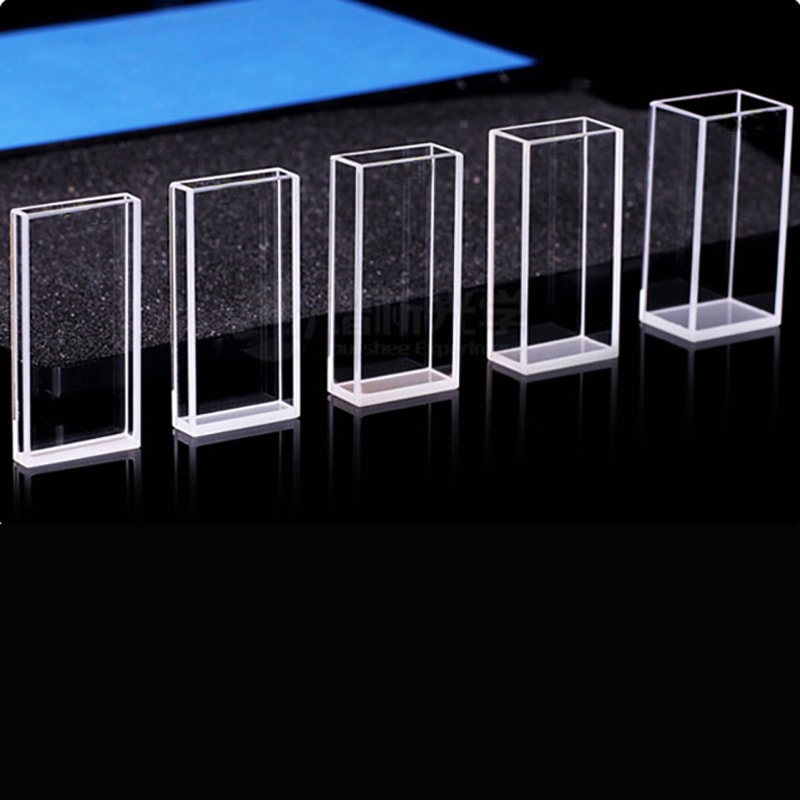Spectrophotometry that reveals the mechanisms behind light transmission and absorption over particular wavelengths, is a crucial method of discovery in science. At its heart lies the cuvette a humble yet vital vessel that houses samples to be analysed. It may appear simple, yet their intricate design including the length of the paths for cuvettes to the selection of materials which is the key to obtaining accurate details about the substance’s concentration and purity. Explore this fascinating realm of cuvettes and their dimensions. They affect the results of all experiments.

Image credit: cuvet.co
Power of Cuvette Path length
Imagine an light beam moving through a fluid sample. The result is dependent on the size of the cuvette, or the distance over which light travels. Many labs use the standard cuvette that has a 1 cm path. This is the most ideal option for balancing practicality and sensitivity. What’s the reason? The longer the length of the light path more of light that is absorbed. This means that the light signal is amplified for weak samples. A shorter path can make a significant difference when using highly concentrated solutions, such as nucleic acids or proteins. It reduces the need for dilution, while also preserving precious samples and cutting back the time needed to prepare. What’s the most important lesson to take away from this? The art of matching the length of the path to the requirements of the sample is an art art that enhances the reliability of your sample.
Cuvette Dimensions A Look at More Than What Meets the Eye
Cuvette size isn’t just about how much liquid fits inside it’s about how the vessel interacts with the spectrophotometer. They come in different volumes and shapes that are suited to specific needs. Semi-micro cuvettes have smaller dimensions but have more robust walls. They are perfect for smaller sample volumes. The thick walls let light flow through the sample without even wasting just a drop. Compare that to the standard cuvette, and the difference is striking there are fewer pipetting steps more room for error, and results that hold to scrutiny. It’s an ingenious tweak that shows size isn’t just an numerical number, but an important factor to consider.
The 1cm length of the path Cuvette is one of the lab’s most popular
Why does a 1 cm path length cuvette win in so many tests? This is the perfect place to conduct biological tests, where every milliliter counts. This classic design gives consistent absorbance measurements without overwhelming the detector. It’s not a hero that can be used for all. Swap it for another cuvette that has a different length of path or the same geometry as one used for studies on emission and the data can skew wildly. It is vital to choose the right tool, and not the one you are comfortable with. A cuvette that is not matched to the right one is like an instrument that has been tuned wrong, but not completely correct.
Materials Matters: More than Size and Path
Cuvette dimensions are just one aspect of the tale. The material selection is the most important part. The high transmission rates of quartz and glass cuvettes allow light to pass through without interference. They are strong and reusable, making them ideal for spectroscopy. However plastic cuvettes can be found in a variety of sizes, offering affordability and convenience. Utilize them and dispose of them. They don’t require cleaning or clean up after, and no risk of cross contamination. They’re ideal for speedy DNA or RNA tests and aqueous solution. What’s the trade-off? A lower level of accuracy for certain wavelengths. It’s a classic instance of intent dictating preference for quartz for the purists and plastic for the pragmatist.
The art of precision in practice
Cuvettes’ flexibility is the reason they are attractive. The combination of spacers and short lengths of the path allow for the handling of large samples while larger vessels can handle large amounts. The clarity of the result is influenced by the path length, the size and the substance that is used. Imagine a laboratory analysing a protein. Semimicro cuvettes have a shorter path, which eliminates the need for dilution and delivers reliable data faster. Compare this with a careless swap of cuvettes mid-experiment, and the data is skewed. It’s a reminder that in spectrophotometry, the tiny details have the greatest impact.
Cuvettes may be small, but their importance is huge. Cuvettes, which vary from a 1 centimeter cuvette’s length, to custom dimensions help connect the measurement and the understanding. If you’re chasing purity or concentration the right cuvette can transform a great measure into an outstanding one.